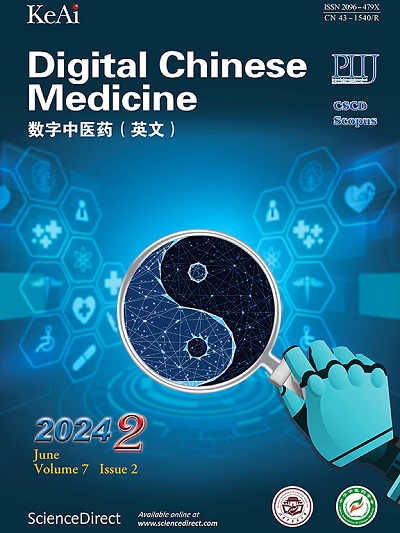Development and validation of a quality appraisal tool for case reports in traditional Chinese medicine using the Delphi method
Q3 Medicine
引用次数: 0
Abstract
Objective
To develop a quality appraisal tool for case reports in traditional Chinese medicine (TCM) based on their characteristics.
Methods
An extensive literature search was conducted in Chinese Biomedical Literature Database (CBM), China National Knowledge Infrastructure (CNKI), and China Science and Technology Journal Database (CSTJ), focusing on expert consensus statements and checklists for TCM case reports. Relevant items were extracted, and a Delphi method involving 34 experts was used in two rounds to rate each item on a 5-point Likert scale. Items were screened based on measures of central tendency and coordination (including total score, mean score, percentage of items rated as unimportant, and coefficient of variation). The weighted average method was used to determine item weights and construct the appraisal tool. Internal consistency was assessed using Cronbach’s α coefficient. The finalized tool was pilot-tested by two reviewers independently appraising 20 case reports, with an additional four reviewers evaluating 5 of these cases to compare inter-rater consistency.
Results
A total of 9 513 articles were retrieved, and 96 items from 25 articles were extracted. After two rounds of the Delphi method, 27 items across 10 domains were retained. The Cronbach’s α coefficient was 0.72 in the first round (acceptable range), and 0.96 in the second round, indicating strong internal consistency. The tool was piloted by six reviewers, achieving a kappa value of 0.663 and a Kendall’s coefficient of concordance of 0.845, demonstrating high consistency among reviewers.
Conclusion
The developed TCM case report quality appraisal tool, consisting of 27 items in 10 domains, offers a scientific and reliable means of assessing the quality of TCM case reports. The tool showed high consistency and practical utility, and its application is expected to enhance the standardization, scientific rigor, and evidence quality of TCM case reports, facilitating the integration of traditional medical knowledge with modern evidence-based standards.
基于德尔菲法的中医病例报告质量评价工具的开发与验证
目的根据中医病例报告的特点,建立中医病例报告质量评价工具。方法在中国生物医学文献数据库(CBM)、中国知网(CNKI)和中国科技期刊数据库(CSTJ)中进行广泛的文献检索,重点检索专家共识声明和中医病例报告清单。提取相关项目,采用34位专家参与的德尔菲法,分两轮对每个项目进行5分李克特评分。根据集中趋势和协调(包括总分、平均分、被评为不重要的项目百分比和变异系数)的措施筛选项目。采用加权平均法确定项目权重,构建评价工具。采用Cronbach’s α系数评价内部一致性。最终确定的工具由两名审稿人进行了试点测试,他们独立评估了20个案例报告,另外四名审稿人评估了其中的5个案例,以比较审稿人之间的一致性。结果共检索文献9 513篇,从25篇文献中提取96项。经过两轮德尔菲法,10个领域的27个项目被保留下来。第一轮Cronbach 's α系数为0.72(可接受范围),第二轮为0.96,表明内部一致性强。该工具由6位审稿人进行了试点,kappa值为0.663,Kendall的一致性系数为0.845,表明审稿人之间的一致性很高。结论所开发的中医病例报告质量评价工具包含10个领域27个项目,为中医病例报告质量评价提供了科学可靠的手段。该工具具有较高的一致性和实用性,其应用有望提高中医病例报告的标准化、科学严谨性和证据质量,促进传统医学知识与现代循证标准的融合。
本文章由计算机程序翻译,如有差异,请以英文原文为准。
求助全文
约1分钟内获得全文
求助全文
来源期刊

Digital Chinese Medicine
Medicine-Complementary and Alternative Medicine
CiteScore
1.80
自引率
0.00%
发文量
126
审稿时长
63 days
期刊介绍:
 求助内容:
求助内容: 应助结果提醒方式:
应助结果提醒方式:


